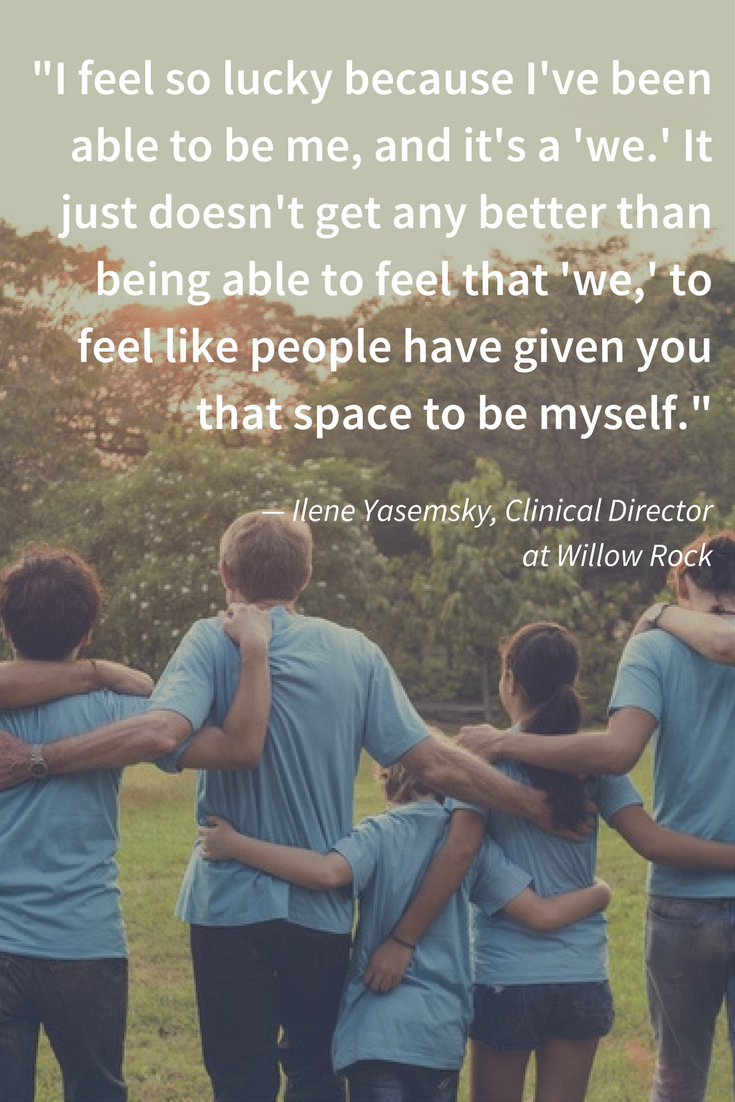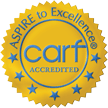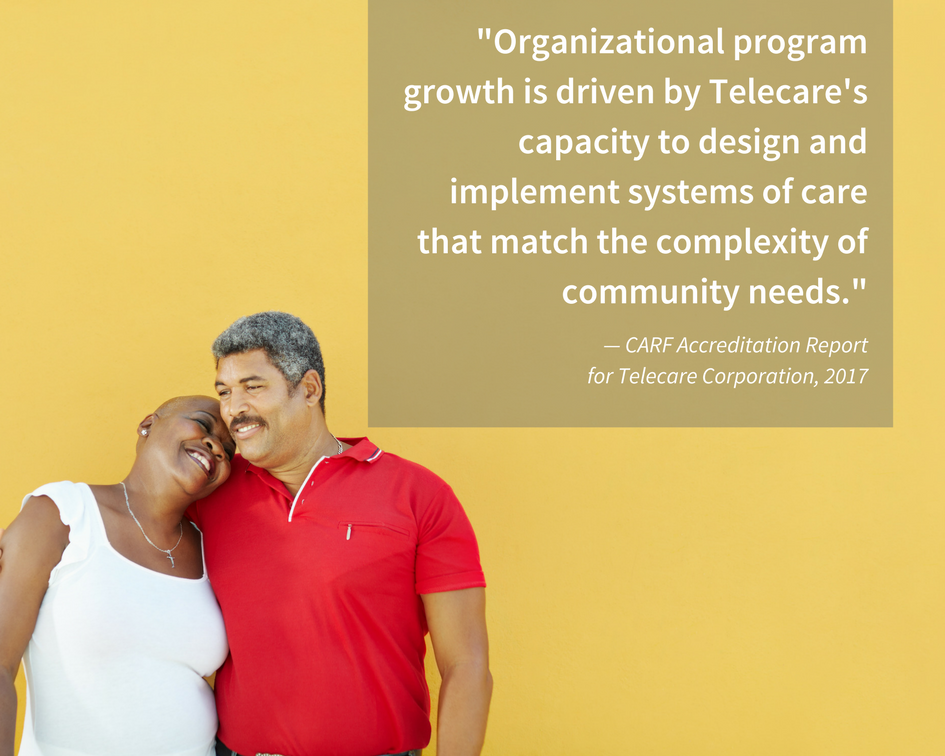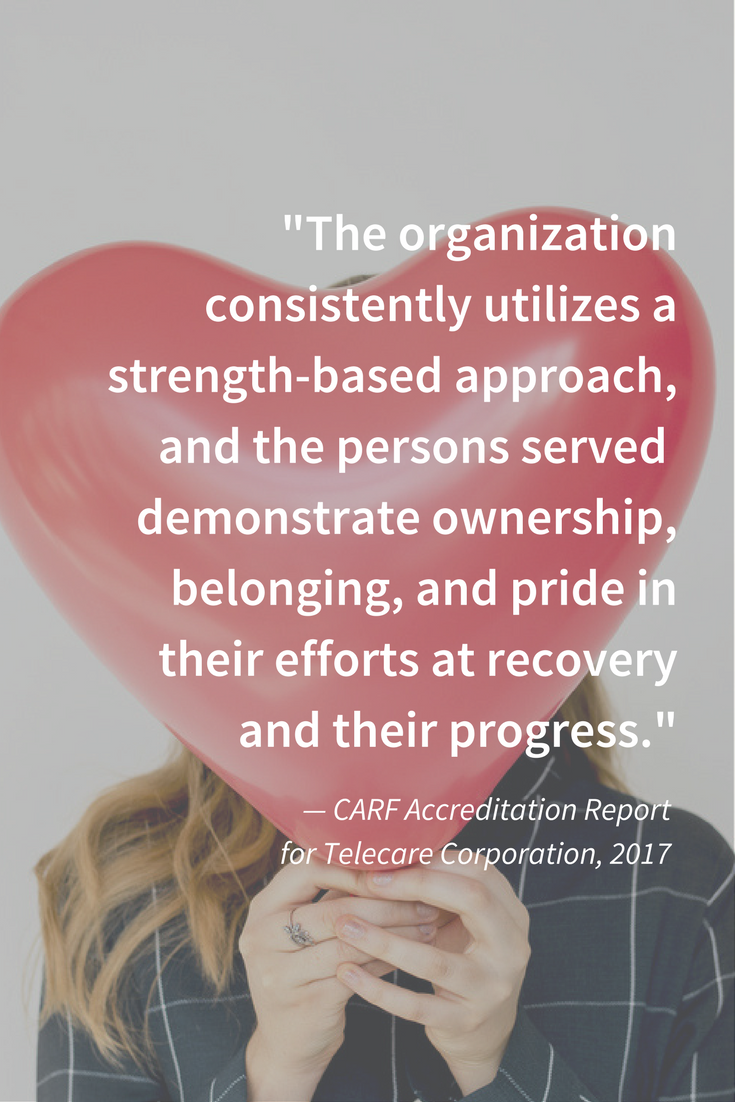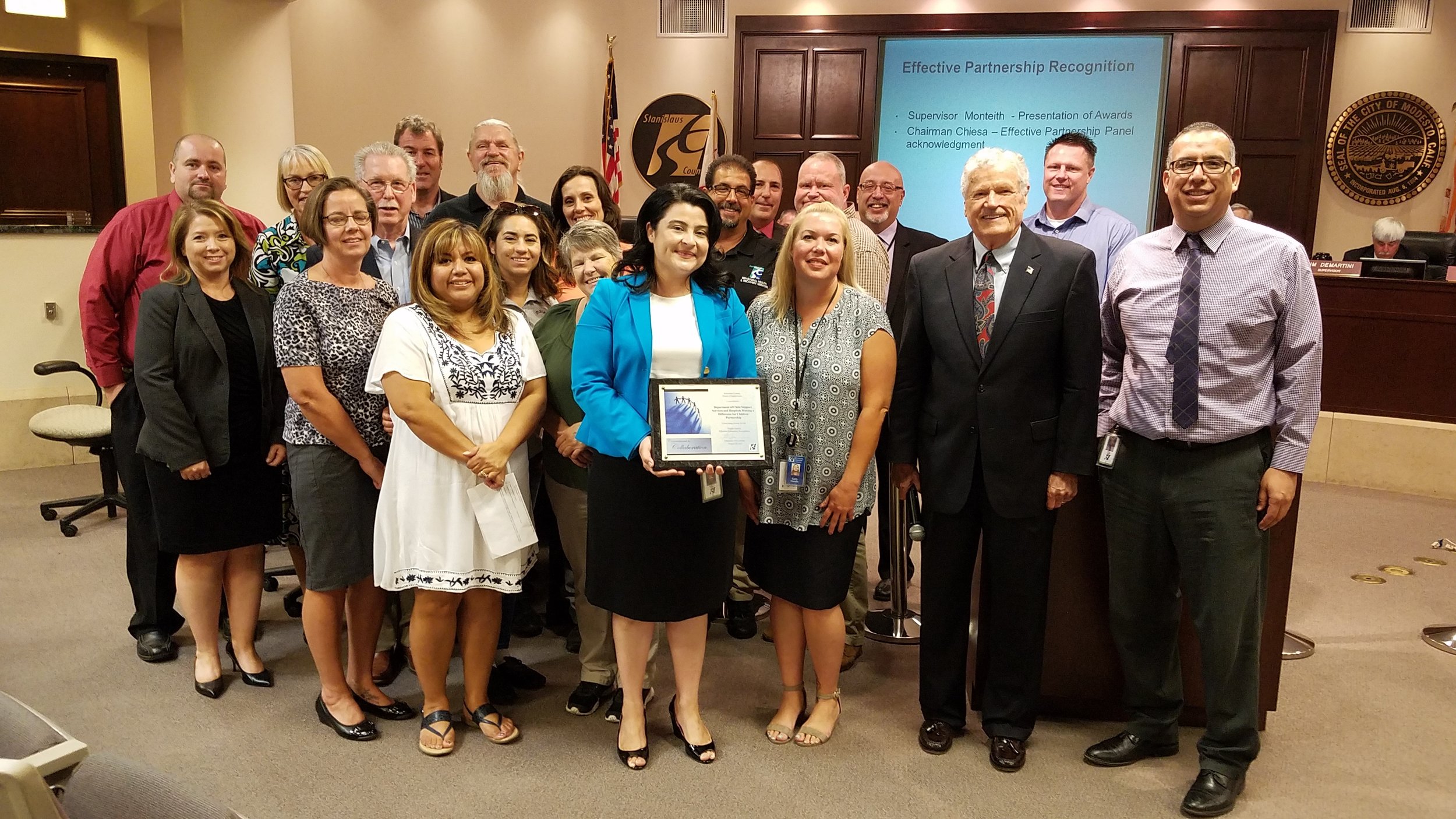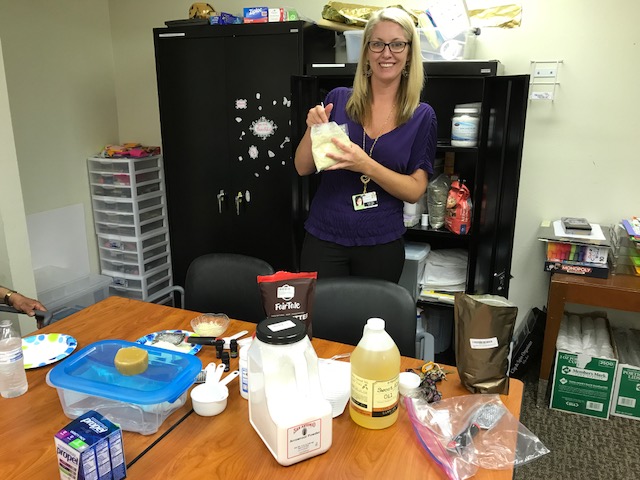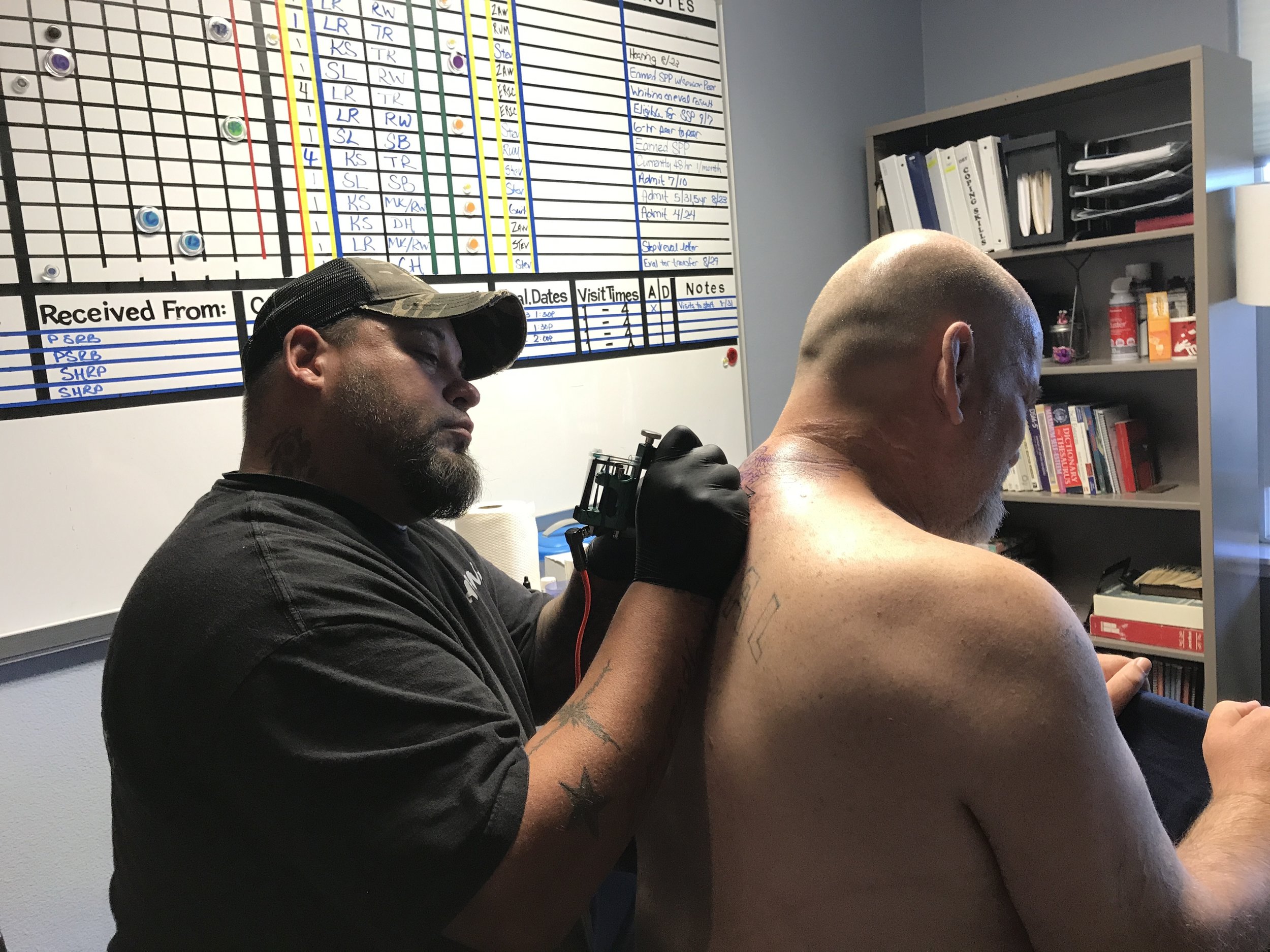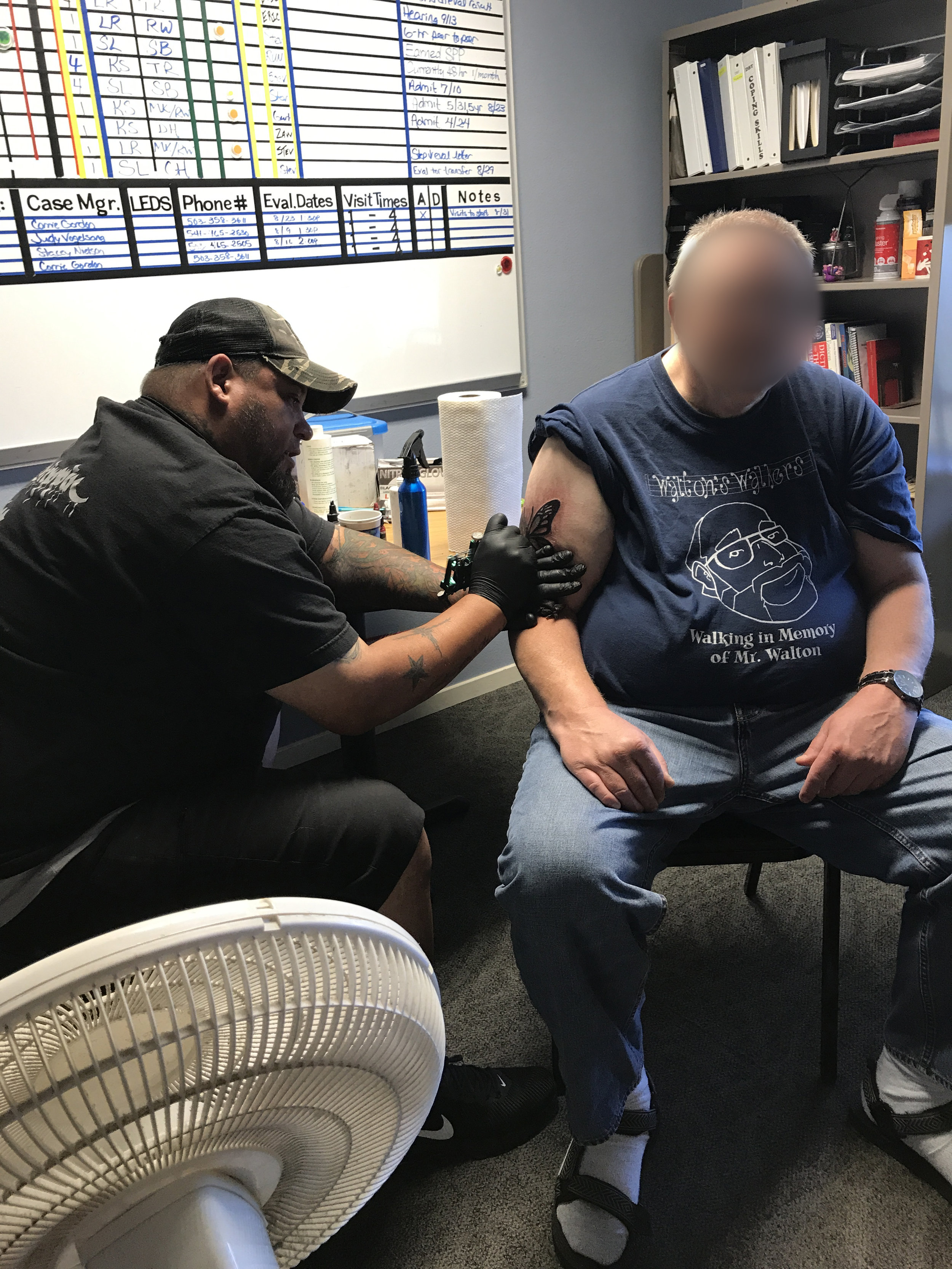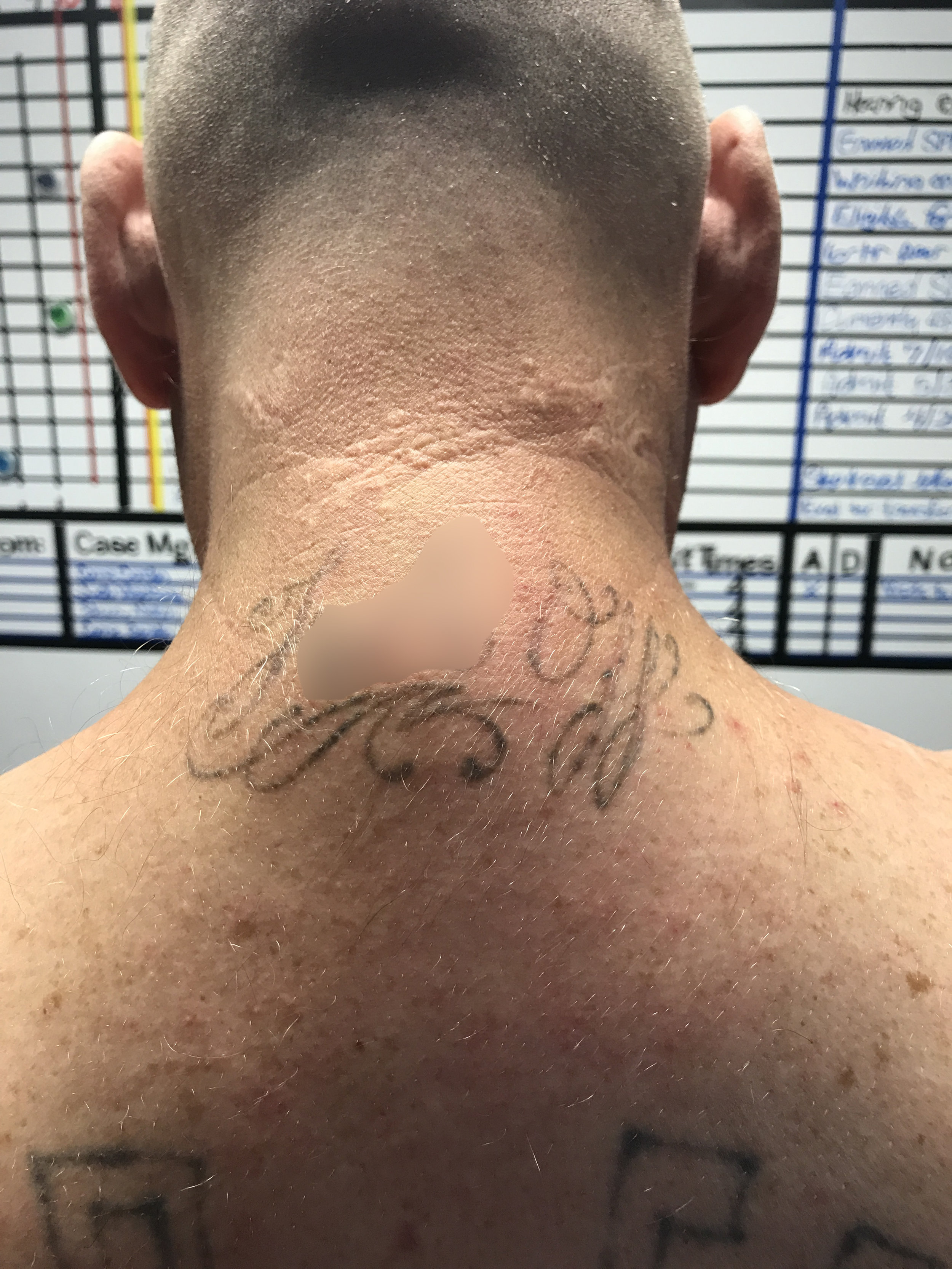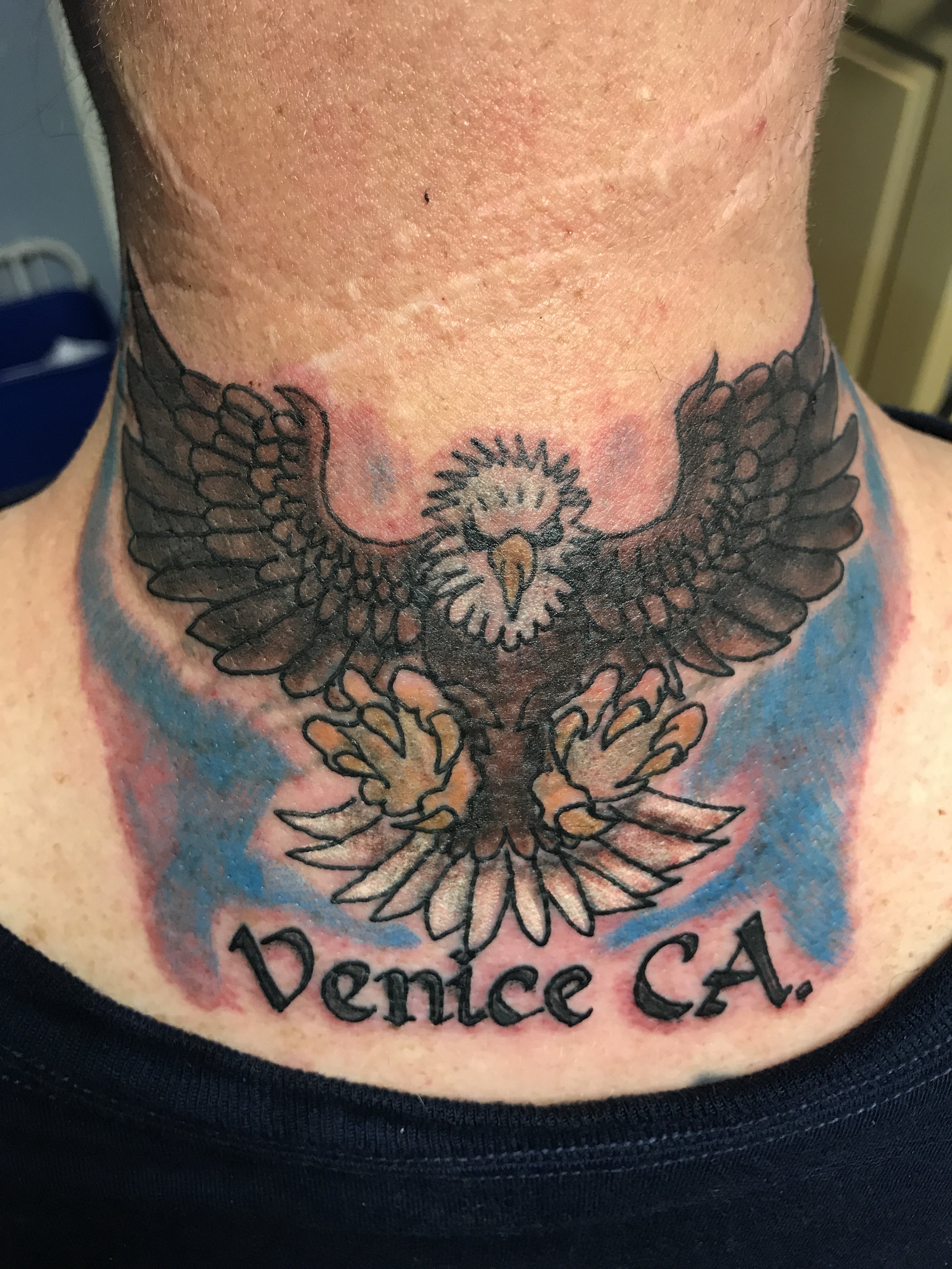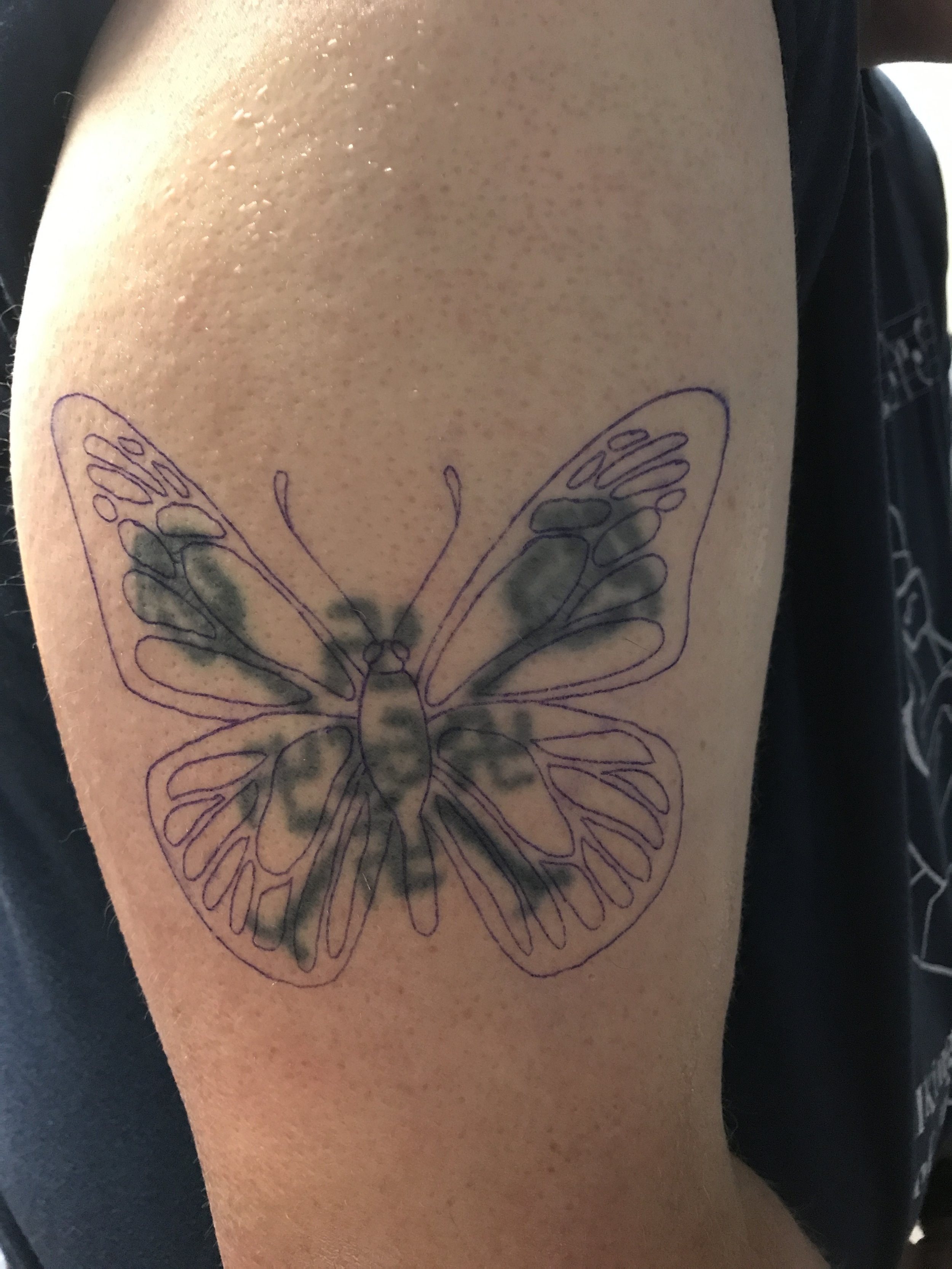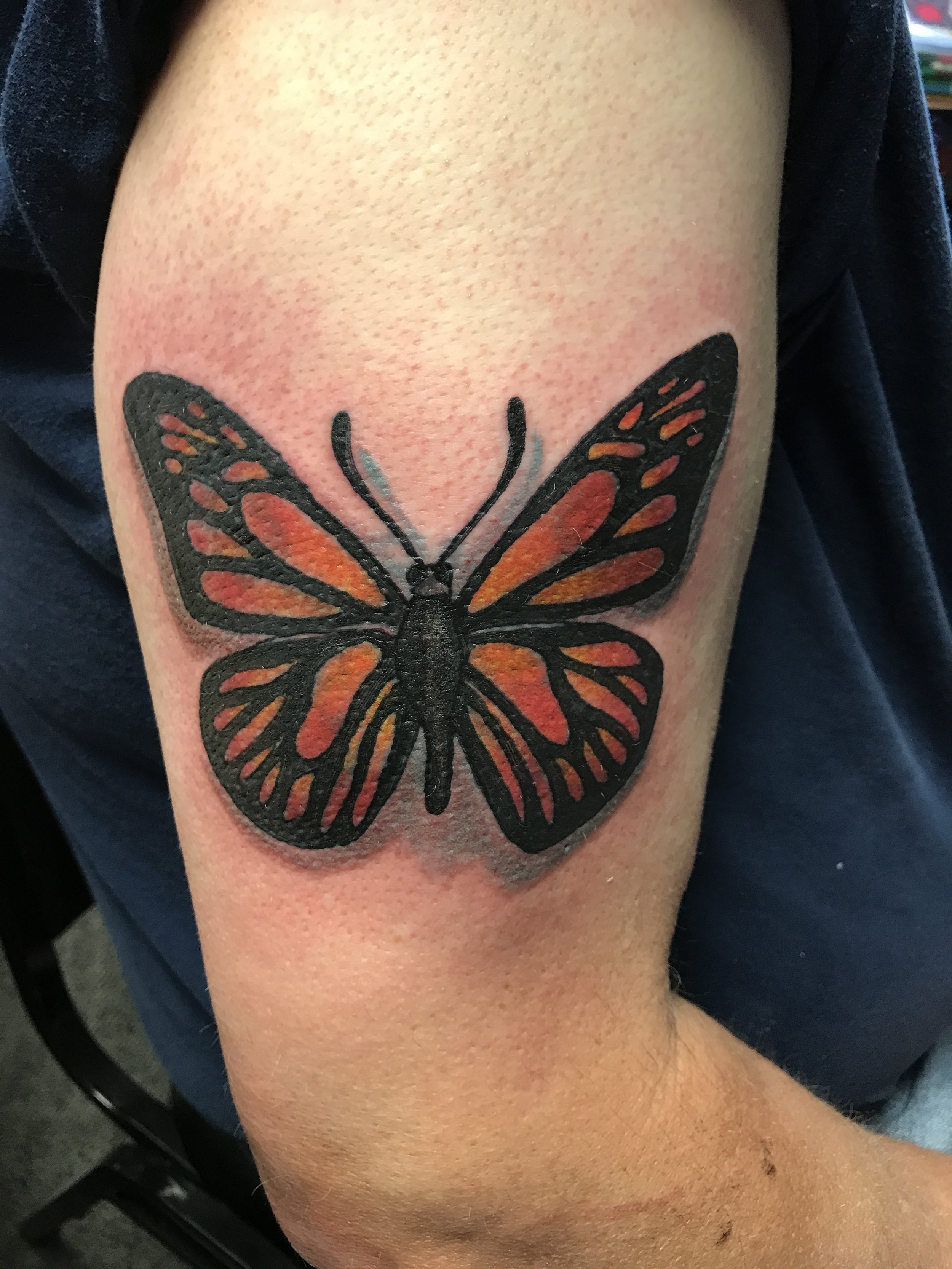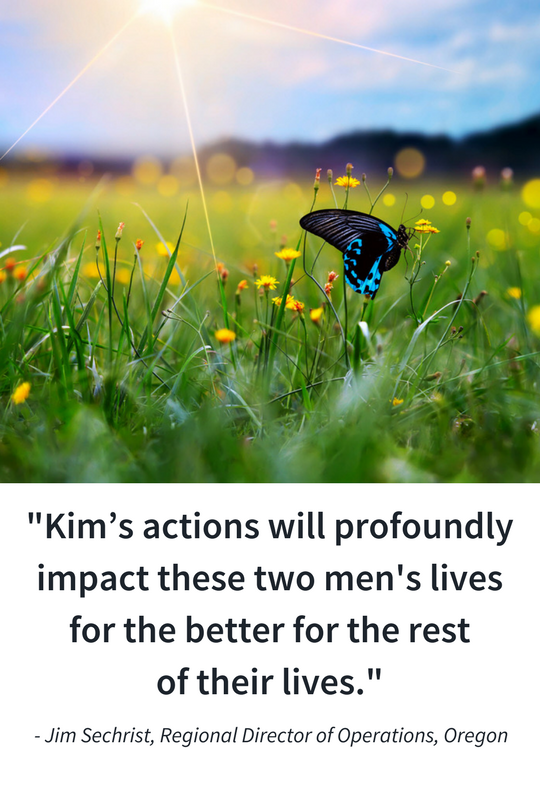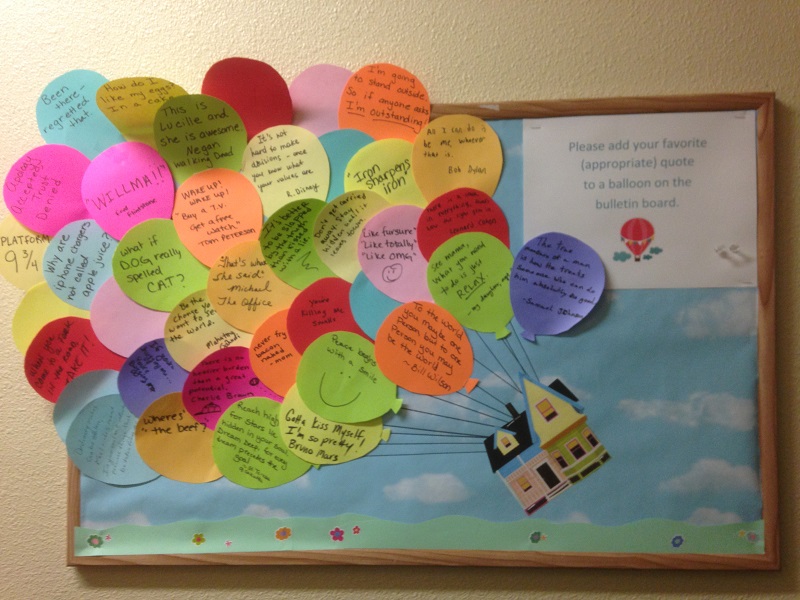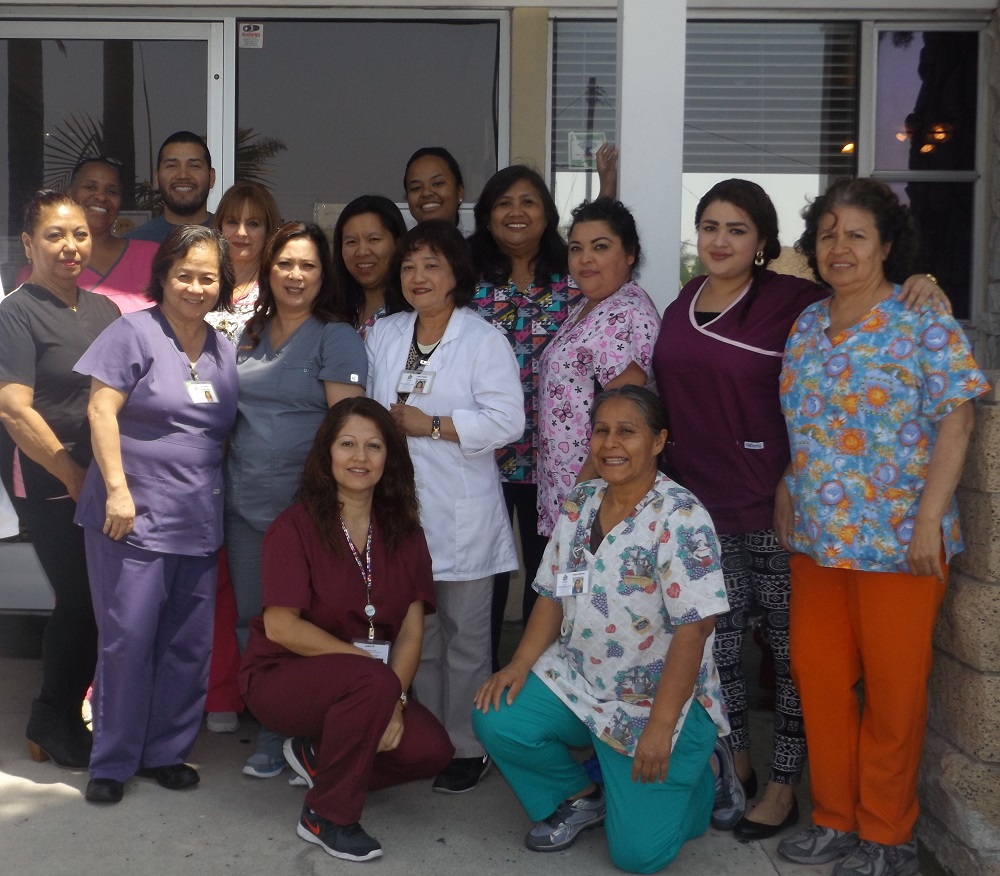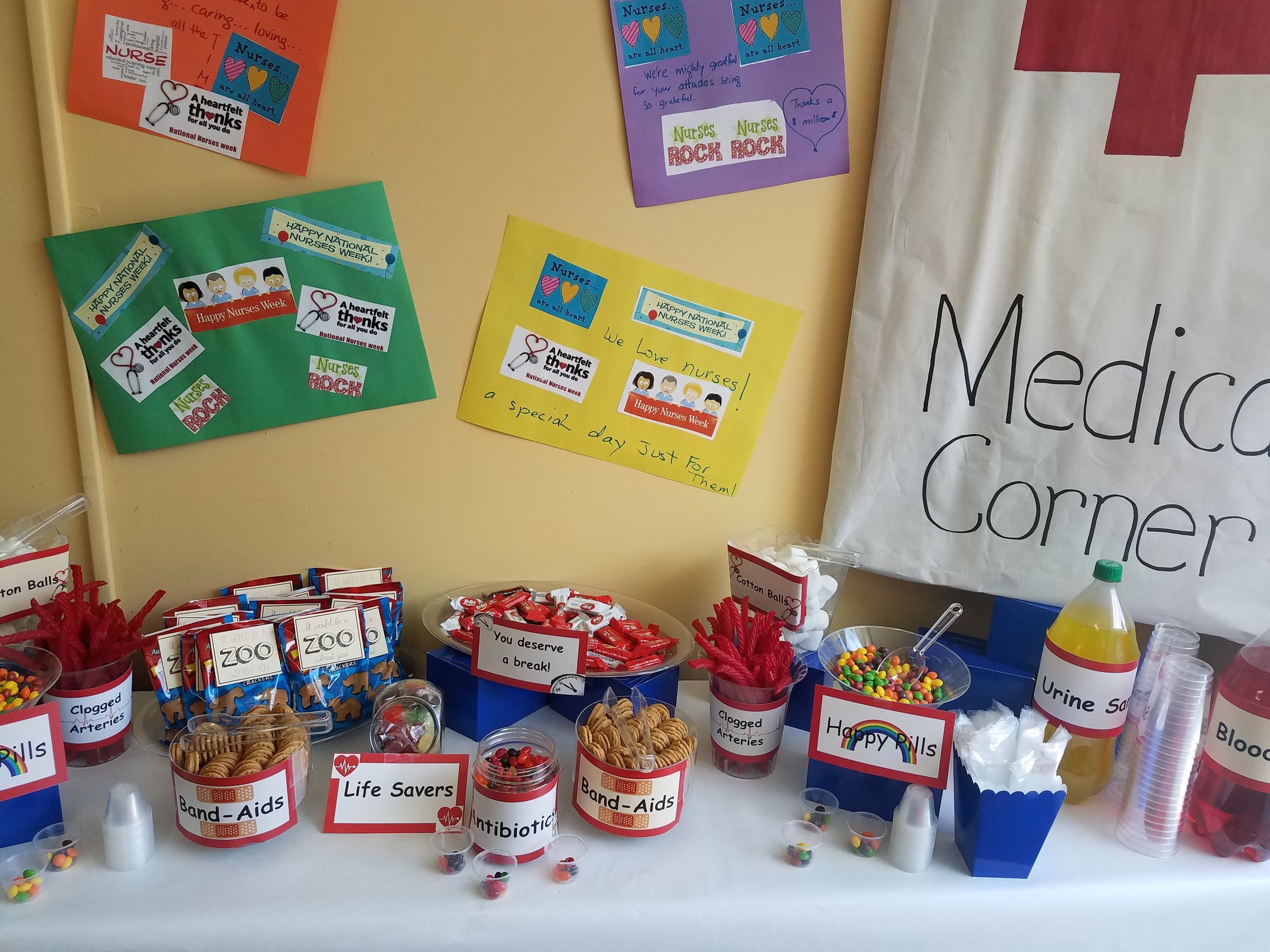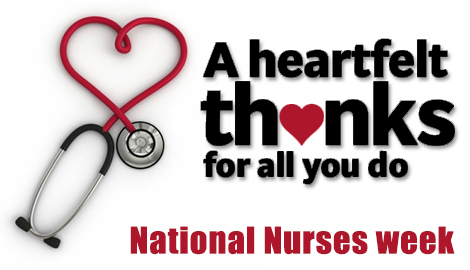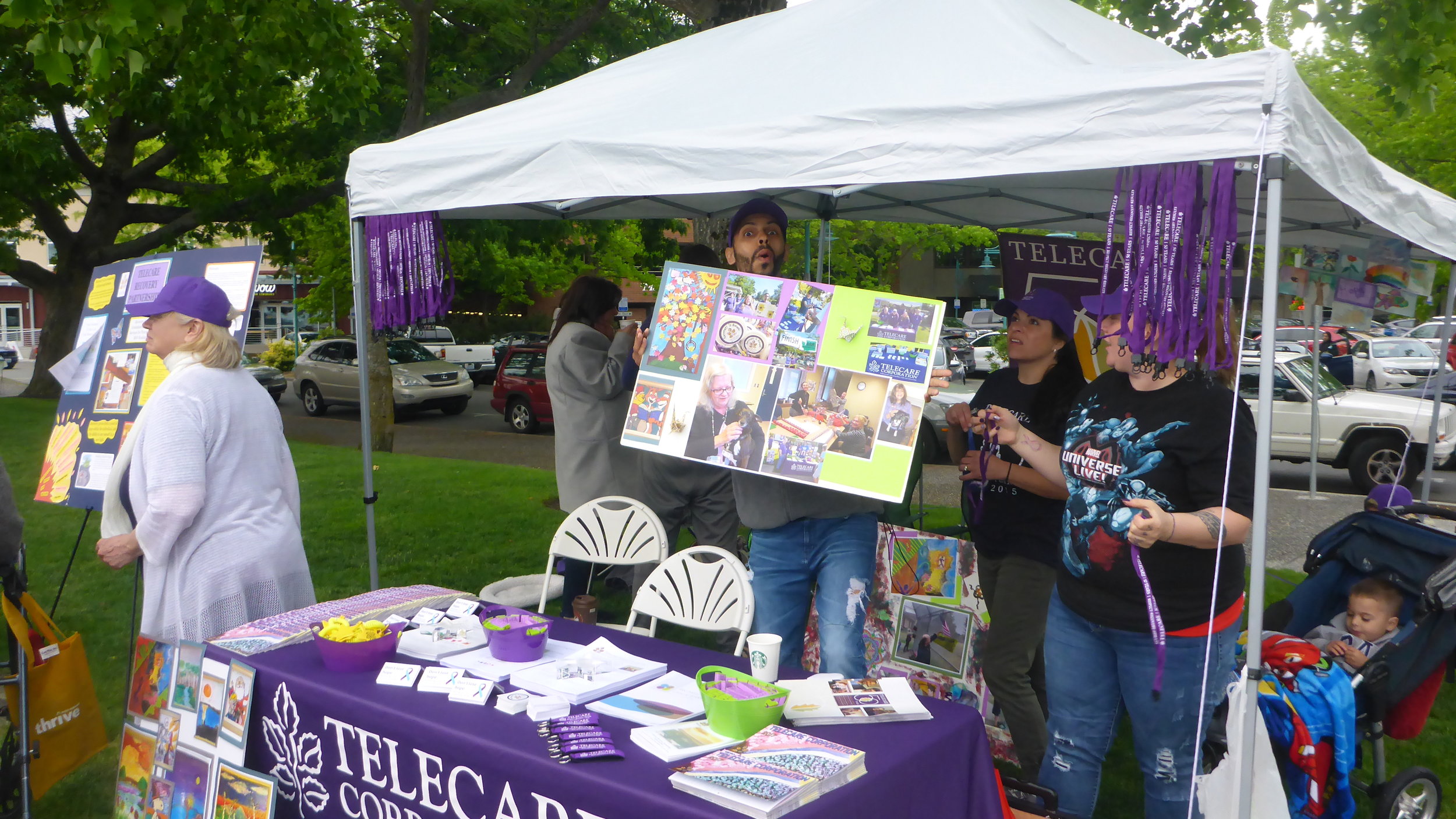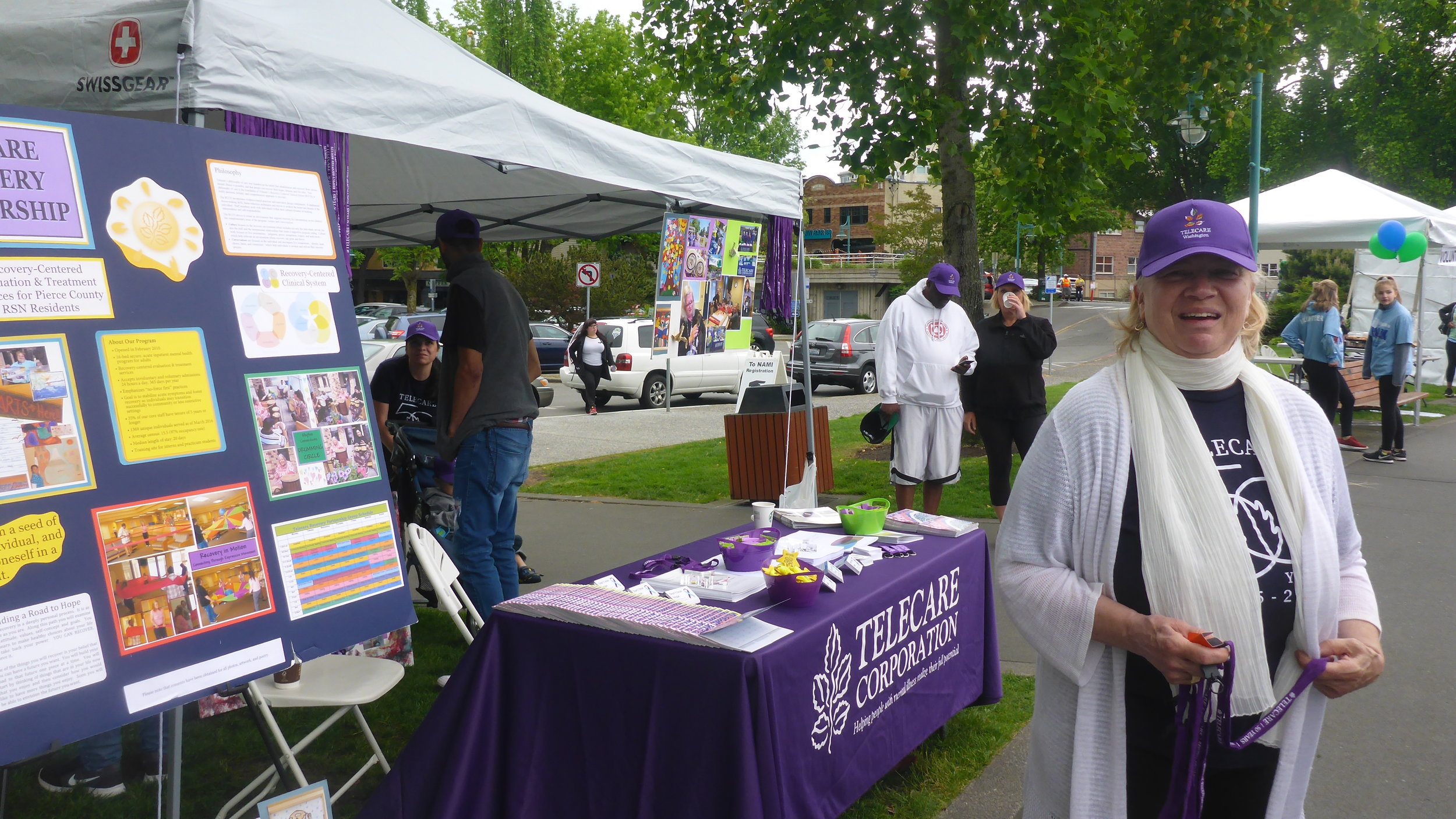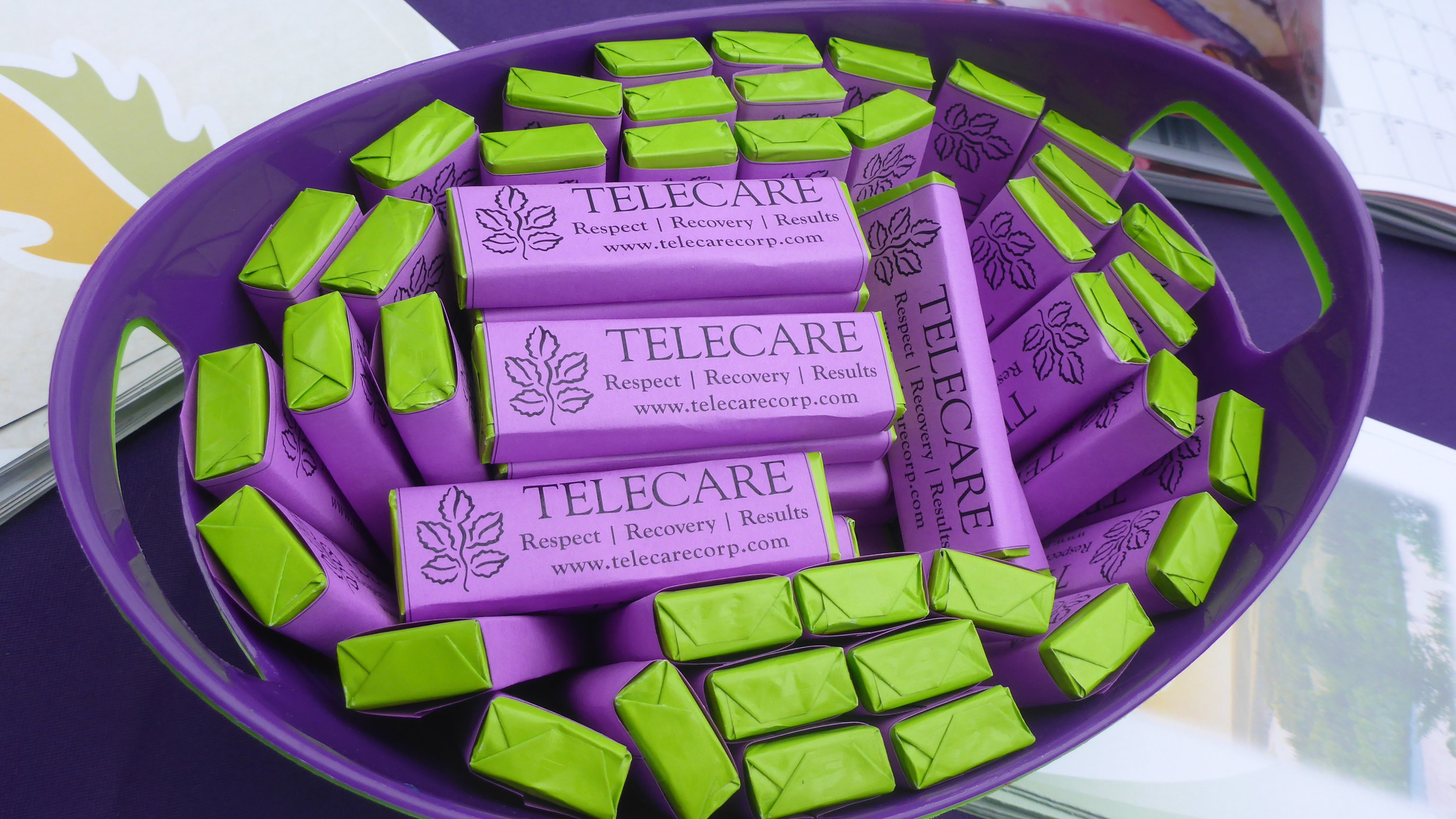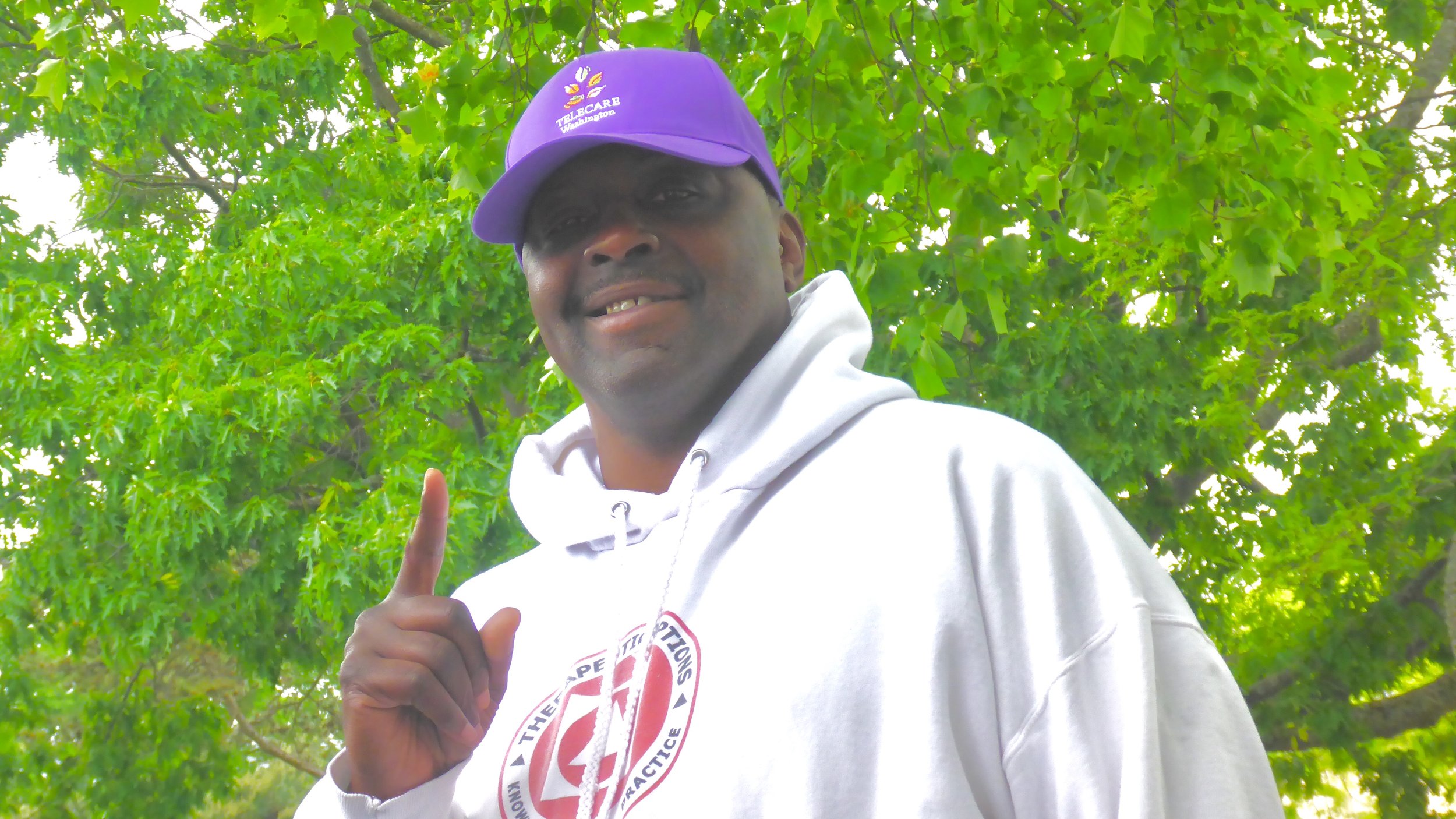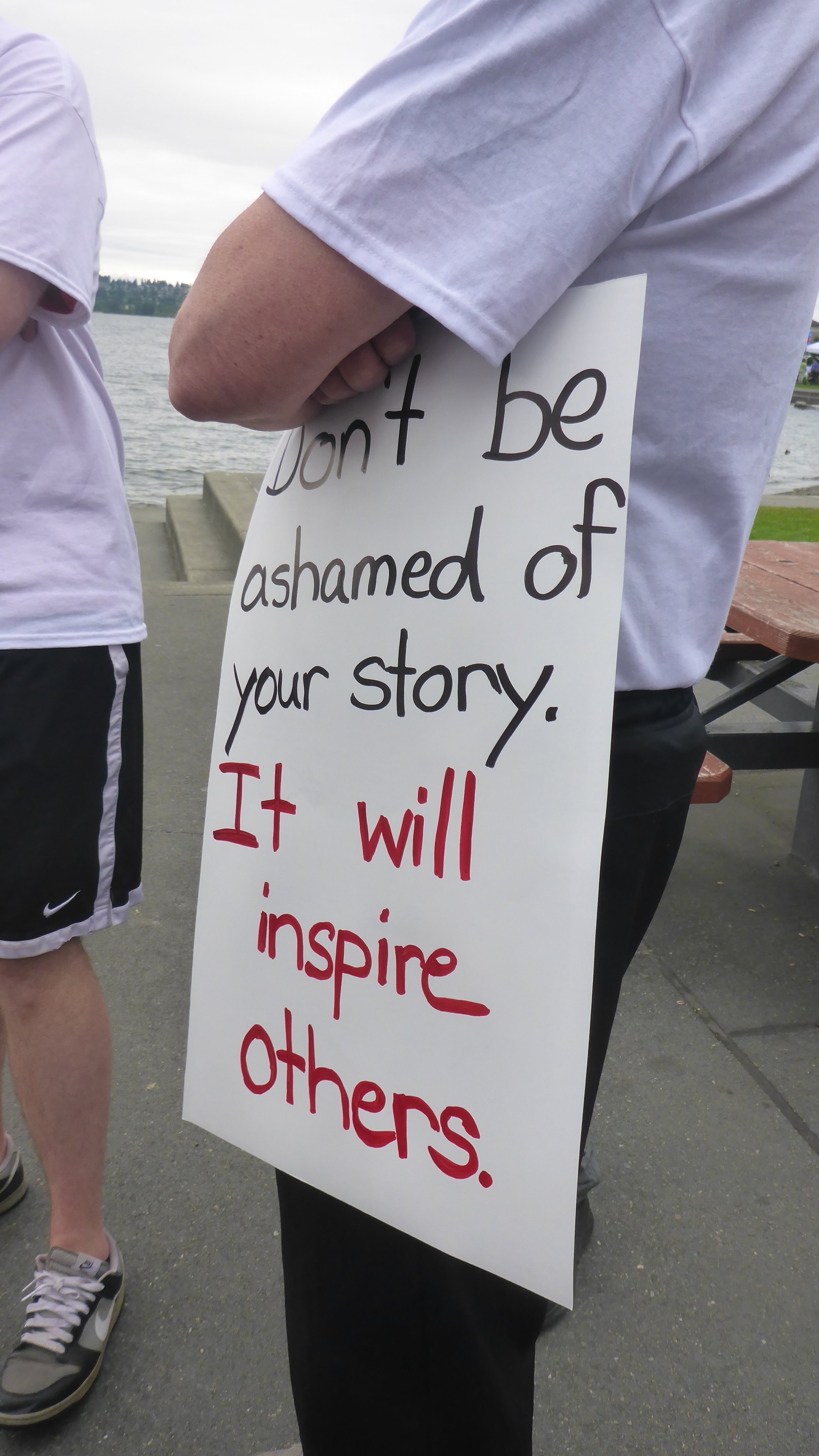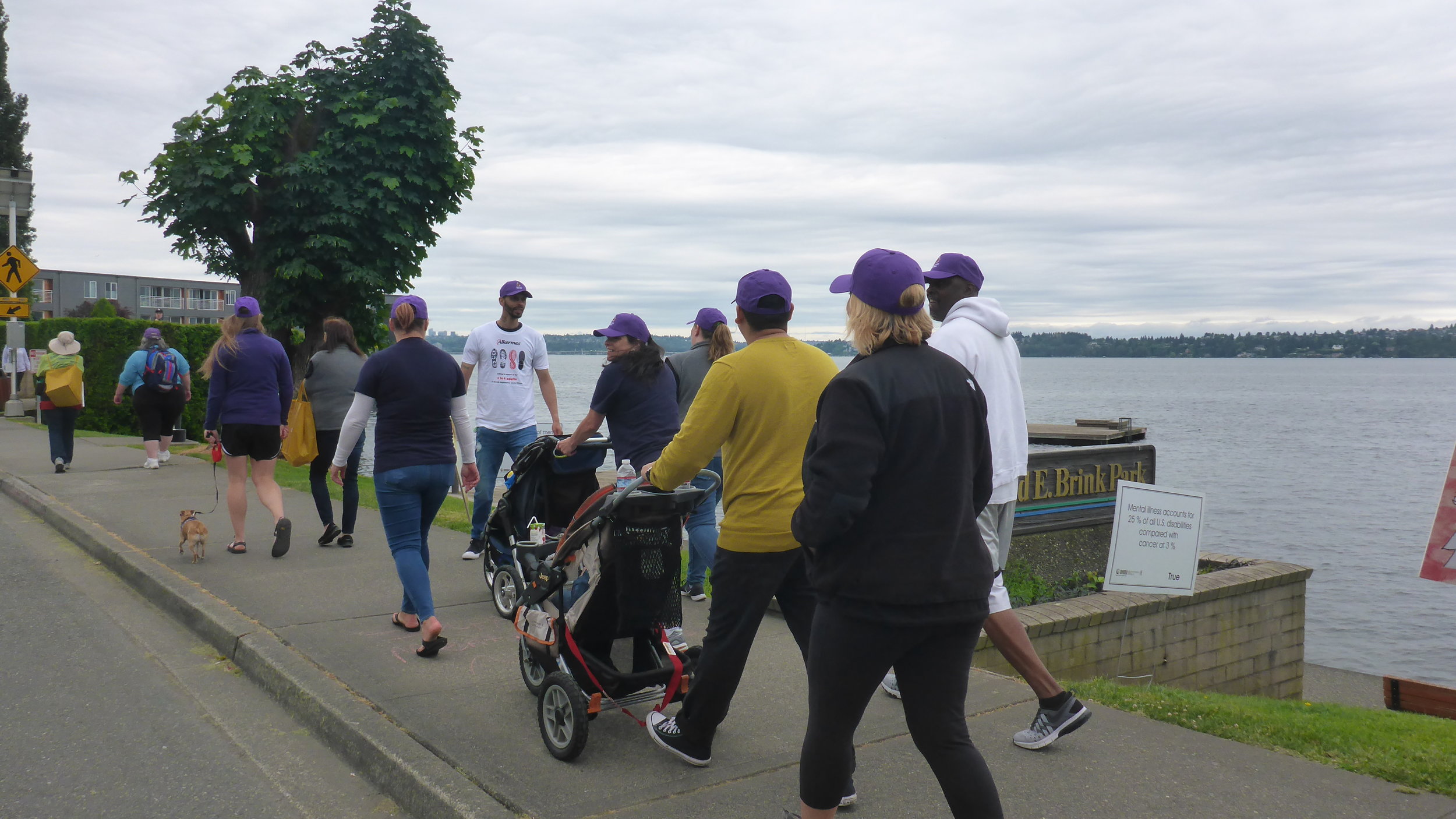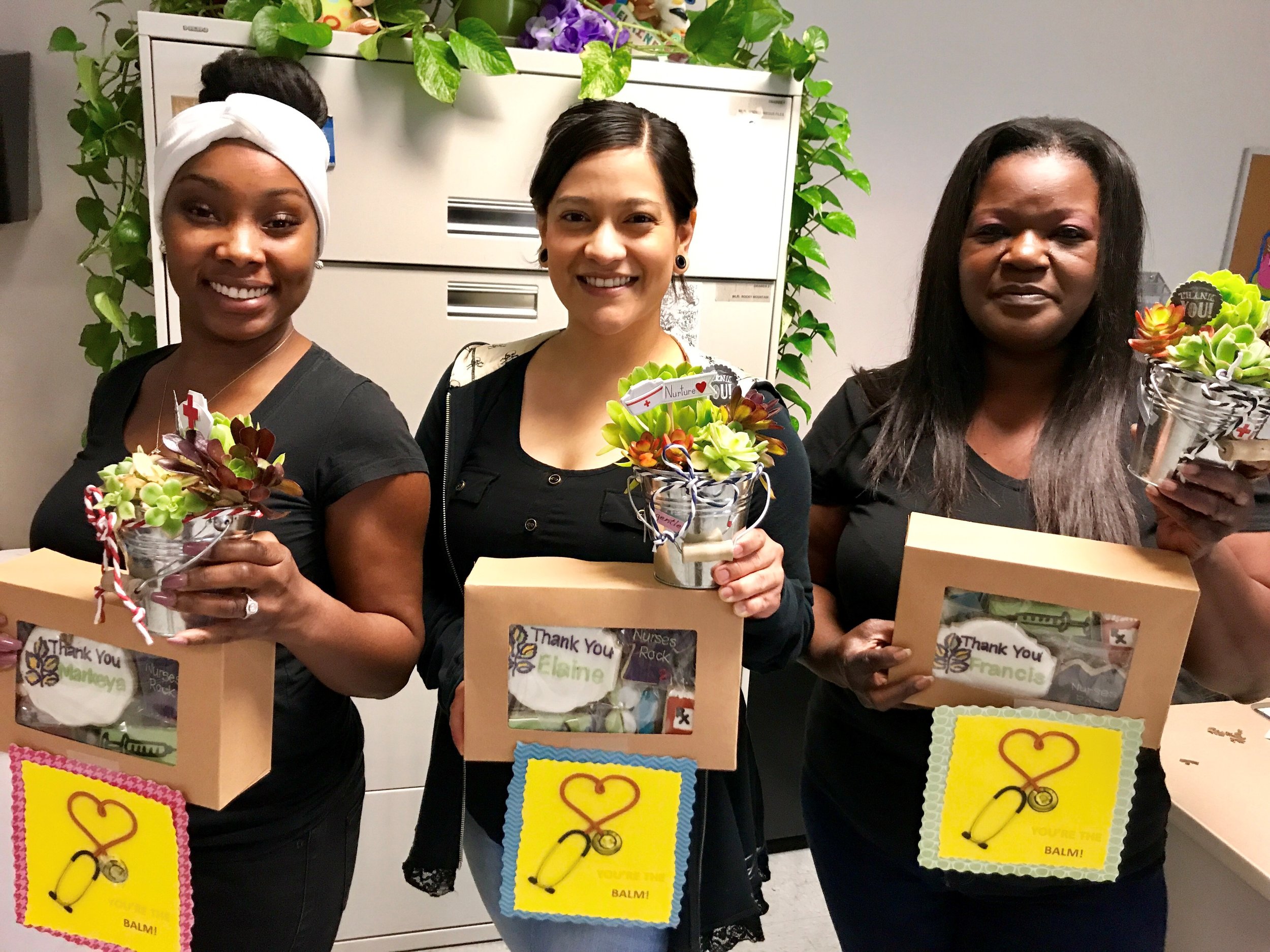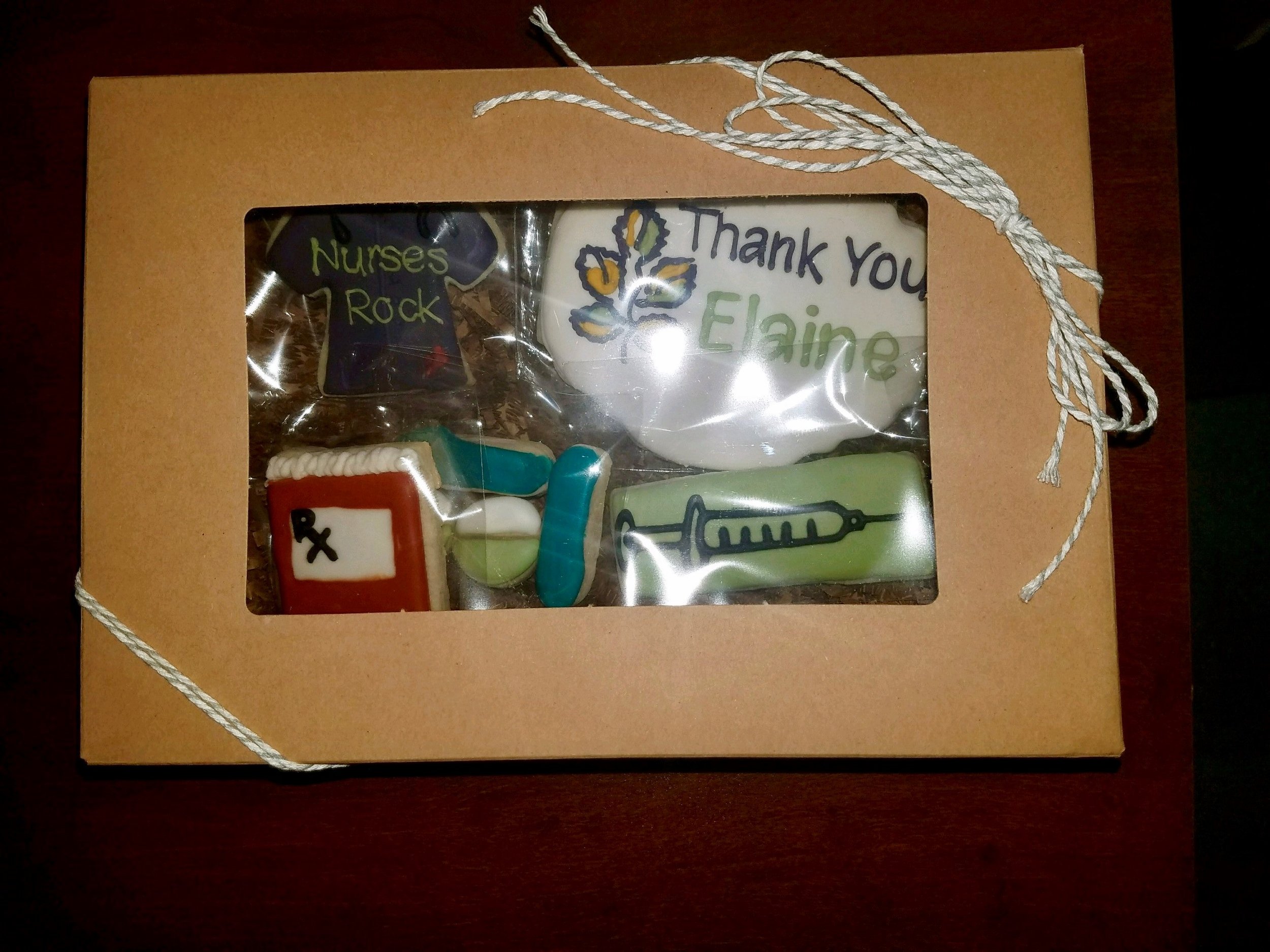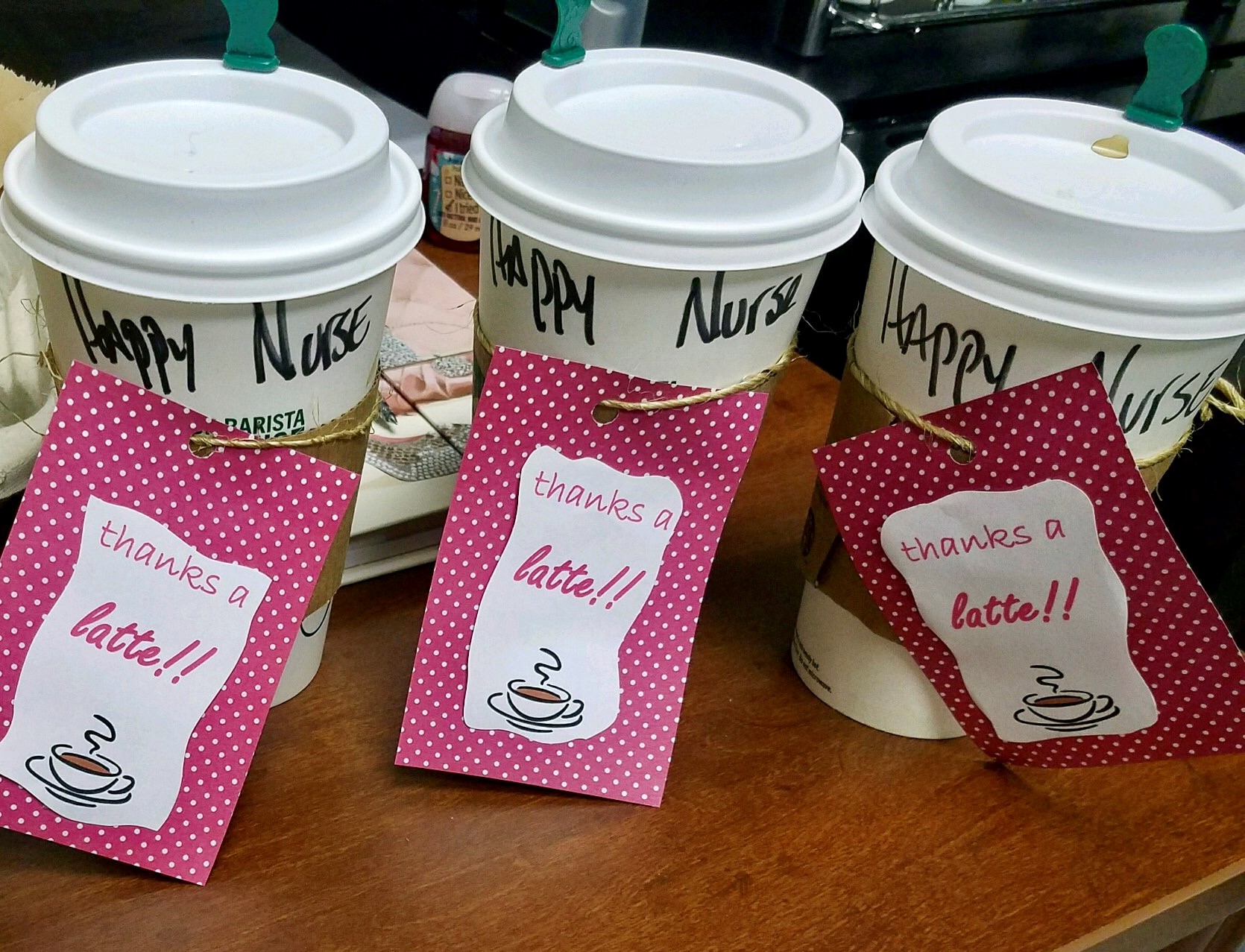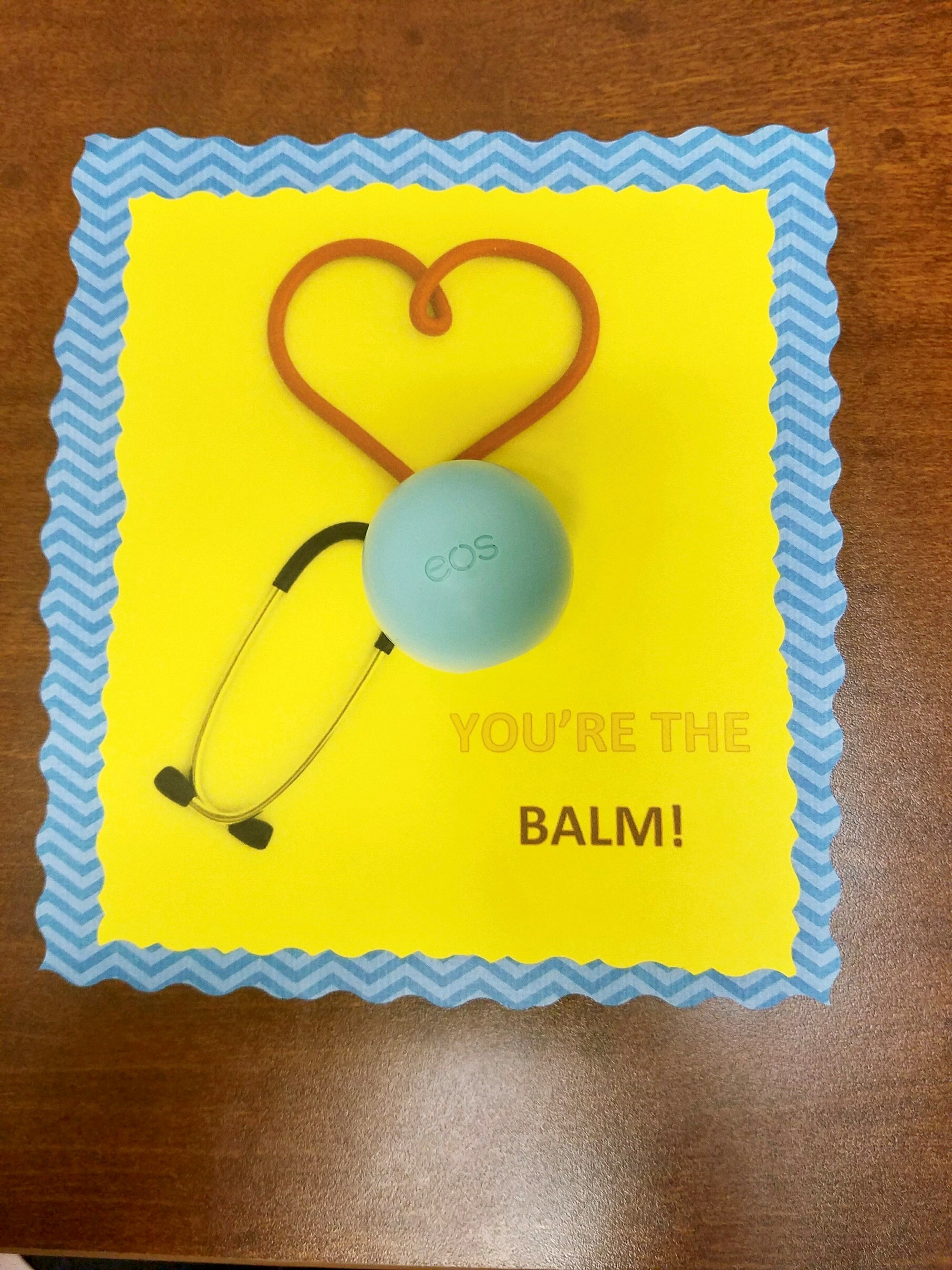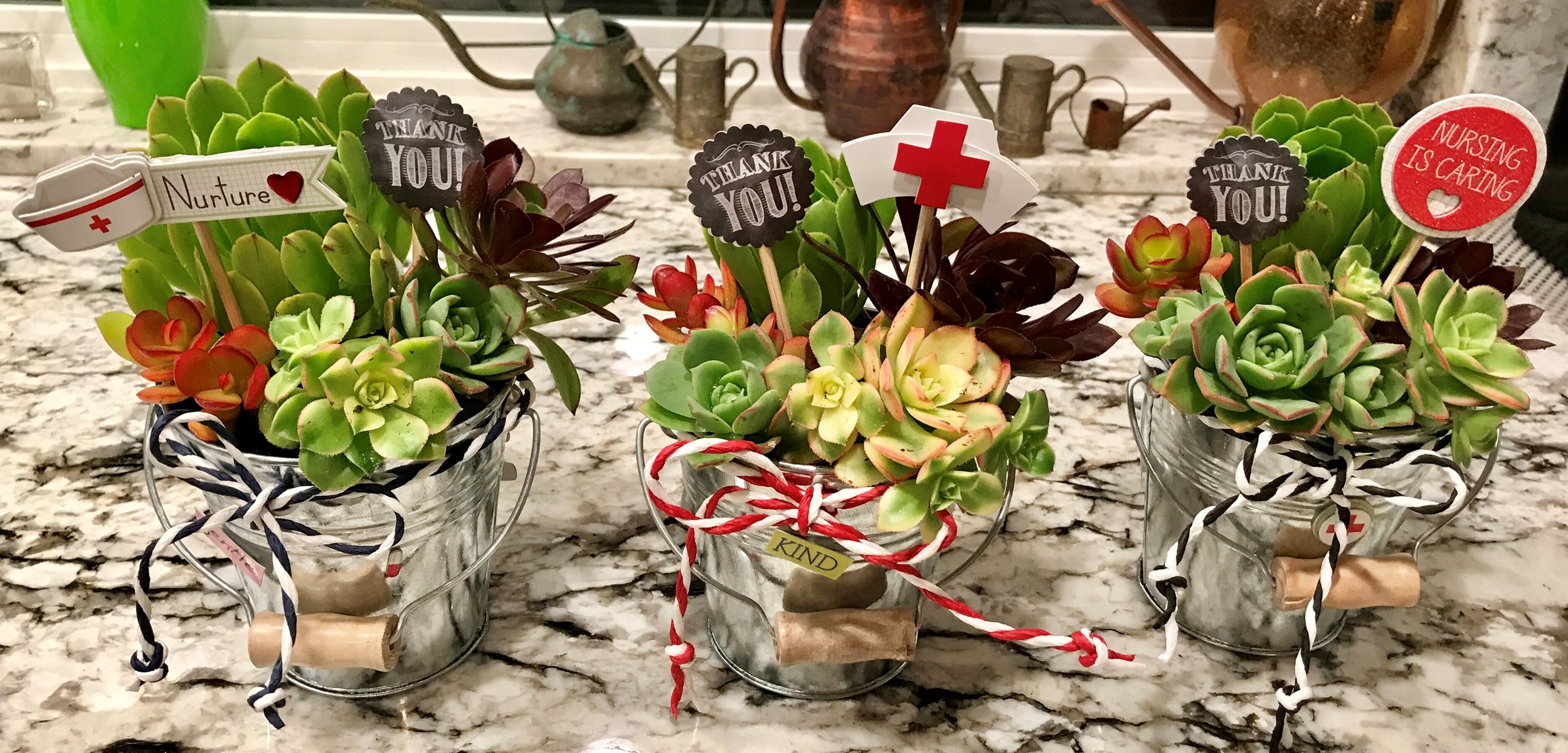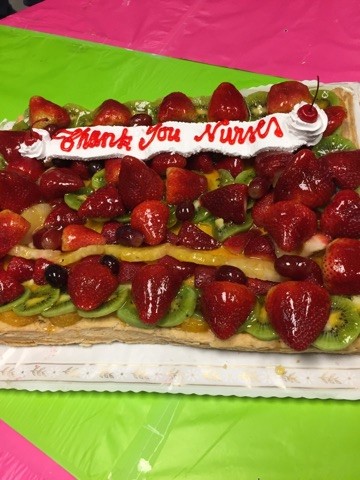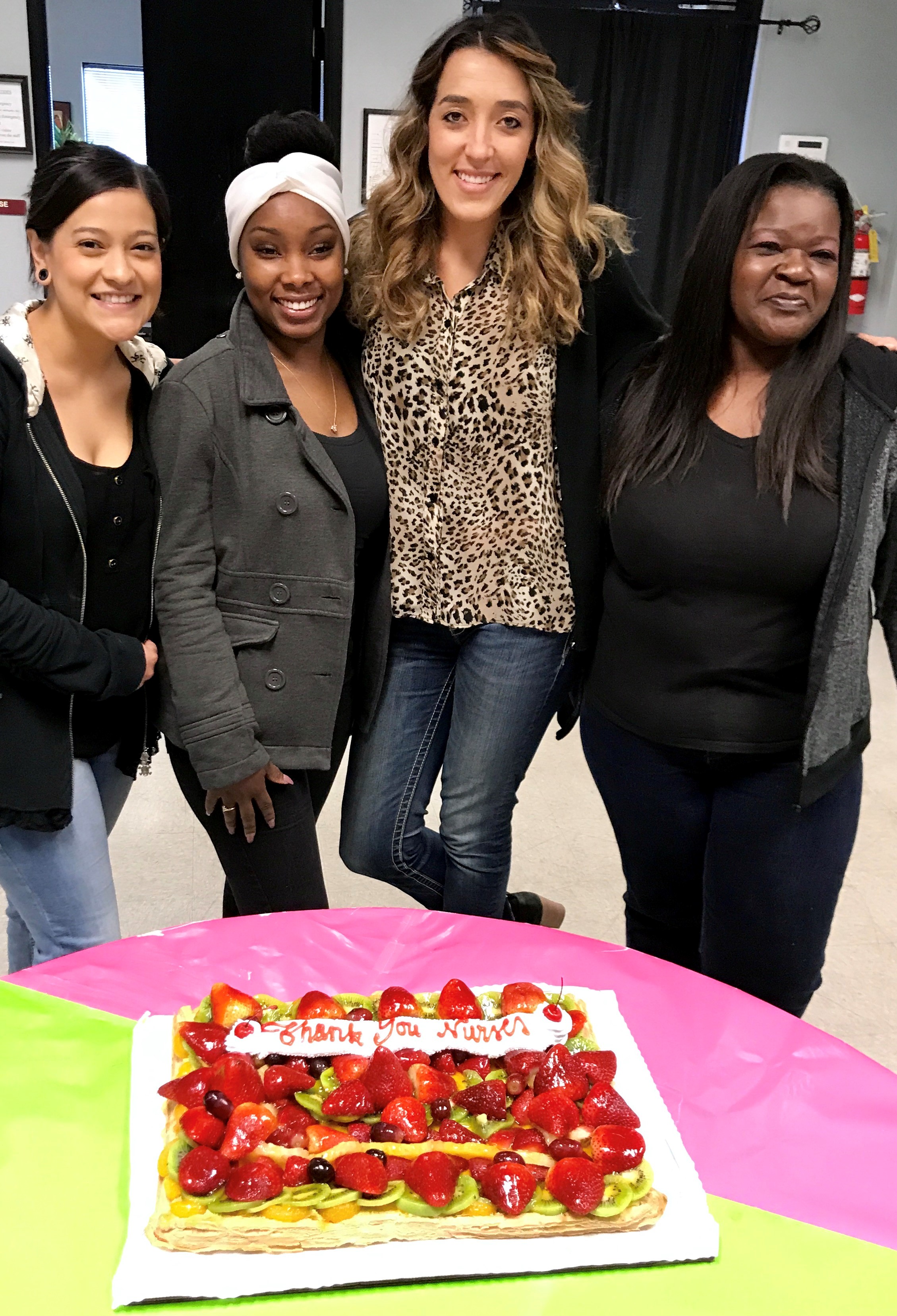Willow Rock's Clinical Director Recognized as 2017 Field Instructor of the Year by University of California, Berkeley
/From left to right: Julie Hodges, Director of Nursing at Willow Rock; John Adam, Administrator at Willow Rock; Anne Bakar, President and CEO of Telecare; Ilene Yasemsky, Clinical Director at Willow Rock; Jennifer Jackson, Field Consultant and Lecturer at UC Berkeley's School of Social Welfare; Greg Merrill, Director of Field Education at UC Berkely's School of Social Welfare
Earlier this month, the University of California, Berkeley, recognized Ilene Yasemsky as 2017 Field Instructor of the Year at Telecare’s Willow Rock Center in San Leandro, California.
Telecare’s CEO, Anne Bakar, and a few of Ilene’s colleagues at Willow Rock joined representatives from UC Berkeley’s School of Social Welfare for an afternoon honoring the “clinical goddess” they call Ilene.
“If [Ilene] could take every community mental health student, we would send them here,” said Jennifer Jackson, Field Consultant and Lecturer at UC Berkeley. “What she offers as a teacher and a mentor is just so phenomenal and priceless, it sets a bar.”
"The magic at Willow Rock is how we join together with a common purpose," said Ilene, as she thanked everyone for their kind words. "And how, it sounds corny, but it's like this big heart. We're all a puzzle piece. We're so much better together when we bring out the best in each other because of this purpose. We're making a difference."
This is Ilene’s seventh year working with UC Berkeley’s Field Education Program. Their mission is to “develop future leaders of the profession who challenge conventional wisdom by being deeply prepared for multilevel social work in specific areas of practice.”
The program works with 180 field instructors around the Bay Area in both inpatient and community-based programs.
“Willow Rock is the most healing, transformative locked environment I’ve ever set foot in,” said Greg Merrill, Director of Field Education at UC Berkeley’s School of Social Welfare. “There’s some magic in there, and I know part of it is you, but I also know it’s bigger than you. It’s something you invite in others, and others have contributed to creating and sustaining.”
“I don’t know all the magic,” said Anne Bakar, Telecare’s President and CEO. “But I know part of it is your passion and experience as a clinician, and also your team. You have an extraordinarily dedicated and passionate team.”
Others at the luncheon, including former interns of Ilene’s who now work at Willow Rock, chimed in with their warm praise for her clinical work, her notorious love of cheetah print, and the compassionate care she brings to work every day.
“I have literally been there watching you in conversation, standing back and been in awe, because you never let go of the heart of anything that was ever going on,” said one colleague. “You see the heart of the person. You might be distressed by a person's actions, but you wouldn't let go of their heart.”



